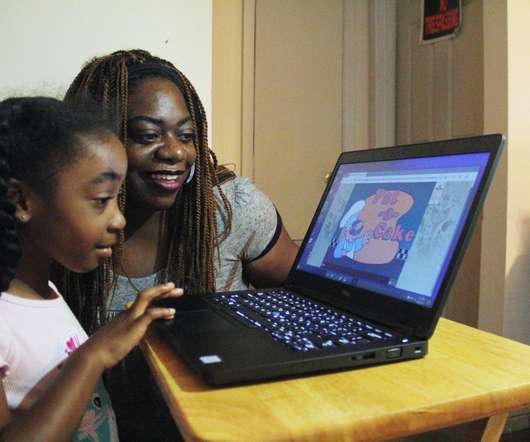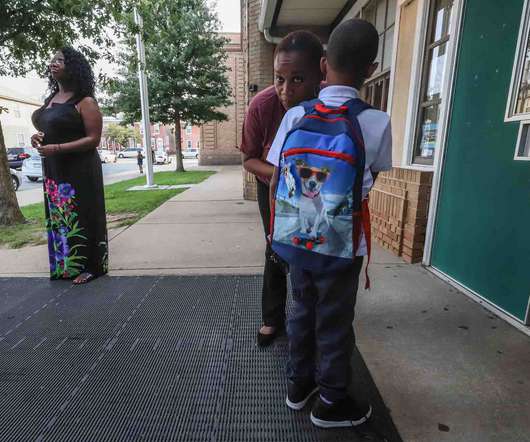A Thinking Person’s Guide to EdTech News (2017 Week 28 & 29 Editions)
Doug Levin
JULY 24, 2017
Summer and transitioning to a new day-to-day computer (Linux laptop). A Thinking Person’s Guide to EdTech News (2017 Week 28 and 29 Combined Edition). Tagged on: July 23, 2017 ED warns schools of another widespread ransomware attack | Future of Ed Tech e-Newsletter → In light of a recent widespread ransomware attack, the U.S.






































Let's personalize your content